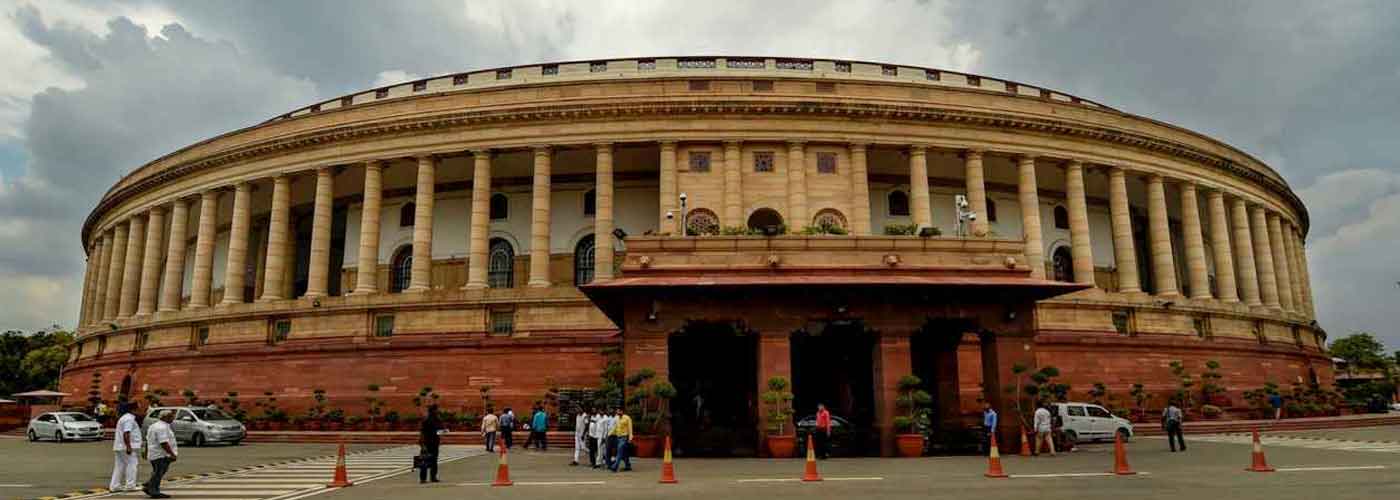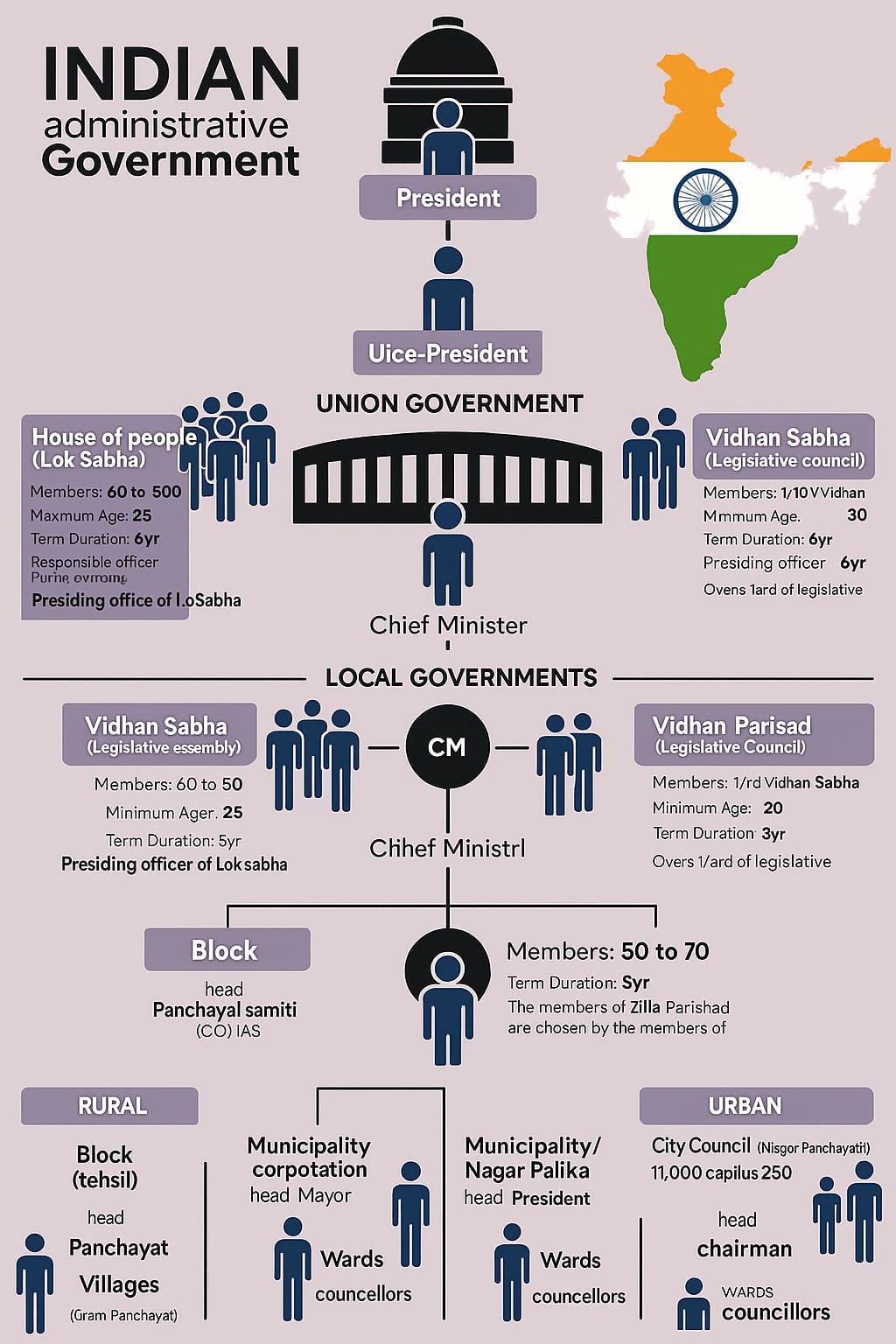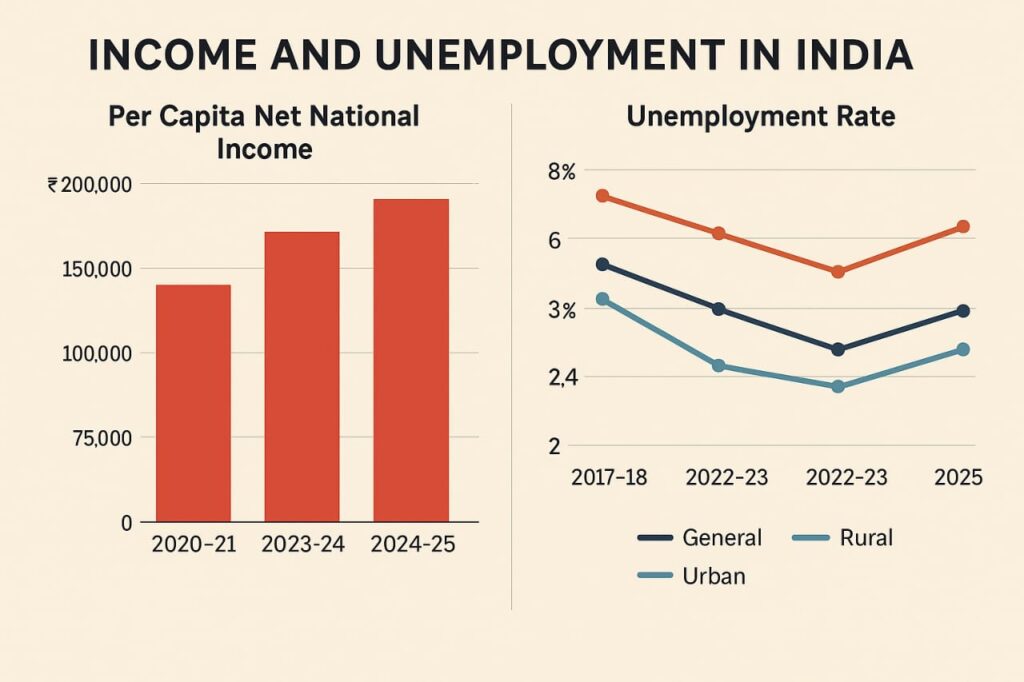
Political setup in India
India is a sovereign democratic republic with a parliamentary form of government based on universal adult franchise. The executive authority is accountable for all its decisions and actions to the people through their elected representatives in the Union and state legislatures. The country has a written Constitution, which came into force on January 26, 1950. Its Preamble expresses the resolve of the people of India to secure for all citizens: “Justice — social, economic, and political; Liberty of thought, expression, belief, faith, and worship; Equality of status and of opportunity; and to promote among them all Fraternity assuring the dignity of the individual and the unity of the Nation
The Union of India is a union of 22 federative states and 9 centrally administered union territories, with the President as the head of the Union and governors as the heads of the states. The President is elected by the elected members of both Houses of Parliament and the legislative assemblies of the states for a term of five years.
The executive authority of the Union, including the supreme command of the defense forces, formally vests in the President, and all executive actions of the government are carried out in his name. In the exercise of his functions, the President is aided and advised by a Council of Ministers (the Cabinet), with the Prime Minister as its head. The Cabinet finally determines and lays down government policy and is collectively responsible to the Union Parliament. The Indian Parliament consists of two houses. The upper house, called the Rajya Sabha, consists of not more than 238 elected representatives from the states and Union territories, and 12 members nominated by the President for their special knowledge and practical experience in fields such as literature, science, art, and social service. The lower house, called the Lok Sabha, consists of not more than 525 members elected from territorial constituencies in the states and not more than 20 members representing the Union territories. Additionally, the President may nominate two members of the Anglo-Indian community to the Lok Sabha if the community is not adequately represented in that house. All laws are enacted by Parliament, whose consent is also necessary for the levying of taxes and the sanctioning of government expenditure.

Income and Unemployment of India
National income in India is defined as the sum of incomes accruing to factors of production employed by normal residents of the country before the deduction of direct taxes. It is identically equal to net national product at factor cost. According to estimates made by the Central Statistical Organization in February 1982, the total national income in 1980–81 rose by 19.4 percent over that of the previous year at current prices. It increased from Rs. 87,253 crores in 1979–80 to Rs. 1,04,201 crores in 1980–81. However, at constant prices with 1970–71 as the base year, the total income in 1980–81 is estimated at Rs. 47,211 crores, compared to Rs. 43,822 crores in 1979–80, recording a substantial increase of 7.7 percent in real terms over the previous year.
The per capita income in real terms is estimated at Rs. 696 for 1980–81, compared to Rs. 661 in 1979–80, reflecting an increase of 5.3 percent. However, the remaining increase in national income was offset by the rise in population. At current prices, the corresponding per capita income was Rs. 1,536.9 in 1980–81, up from Rs. 1,316 in 1979–80 — an increase of 16.8 percent. The substantial growth in national income during the financial year is largely attributed to the marked improvement in agricultural performance. Food-grain production rose significantly to 129.9 million tones in 1980–81, compared to 102.7 million tones in the previous year, 1979–80.
Over the past five financial years, India’s per capita net national income (NNI) has steadily increased. At current prices, it rose from around ₹145,000 in 2020–21 to ₹184,000 in 2023–24, and further to approximately ₹205,000 in 2024–25. At constant (2011–12) prices, per capita NNI also grew, from about ₹86,000 in 2020–21 to ₹99,000 in 2022–23, and approximately ₹115,000 in 2024–25. Meanwhile, employment indicators have shown gradual improvement. Labour-force participation and employment rates increased, with overall unemployment declining from about 6 percent in 2017–18 to around 3.2 percent by 2022–23. Specifically, rural unemployment fell from 5.3 percent to 2.4 percent, and urban unemployment declined from 7.7 percent to about 5.4 percent. Youth unemployment, which was around 18 percent in 2017–18, decreased to about 10 percent by 2022–23. By 2024, the overall unemployment rate stood at approximately 4.9 percent, easing further to around 5.6 percent in 2025. These trends reflect steady economic growth and gradual recovery in the labour market in recent years.

Histri -Indian history knowledge blog
know the facts
